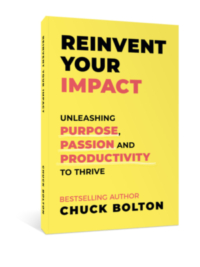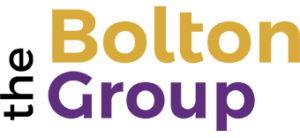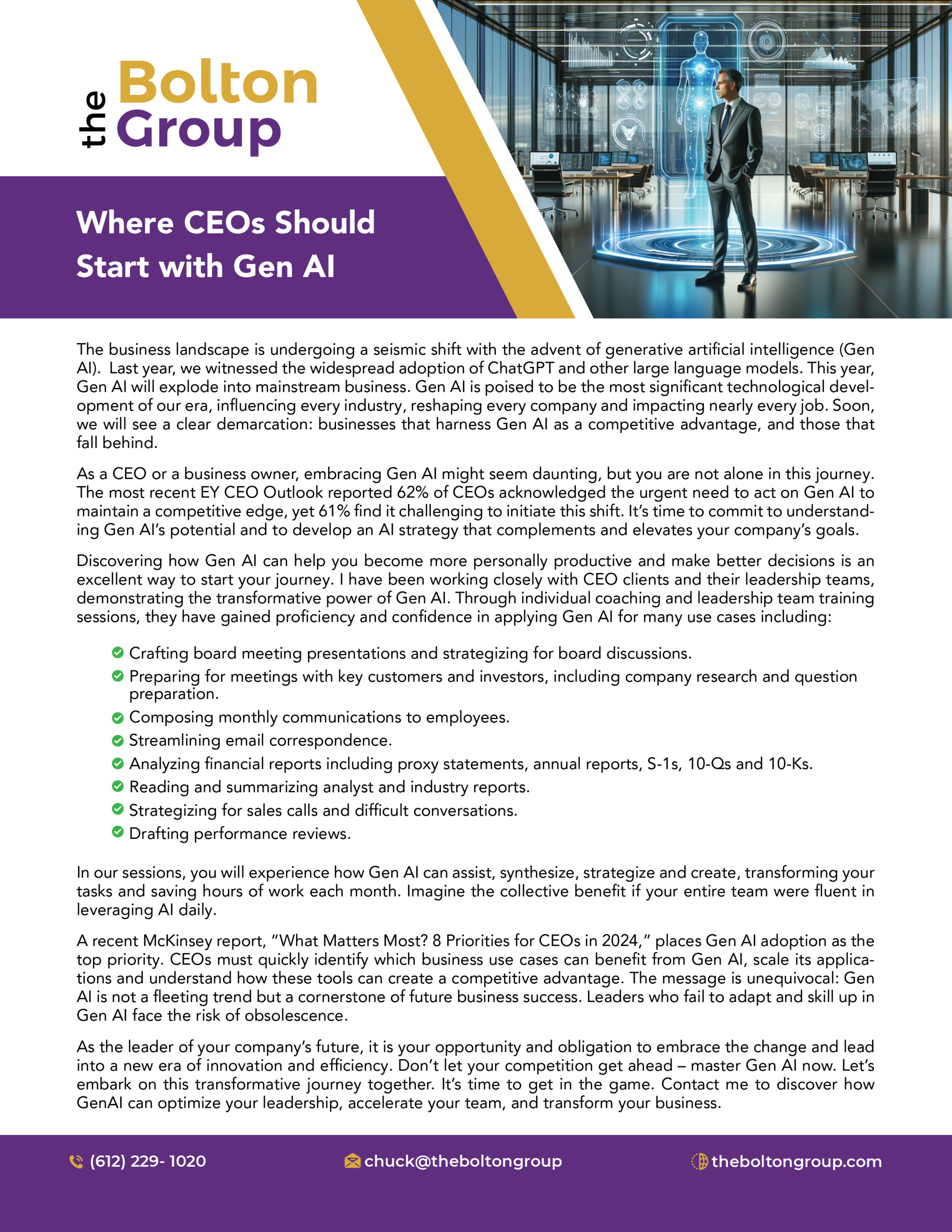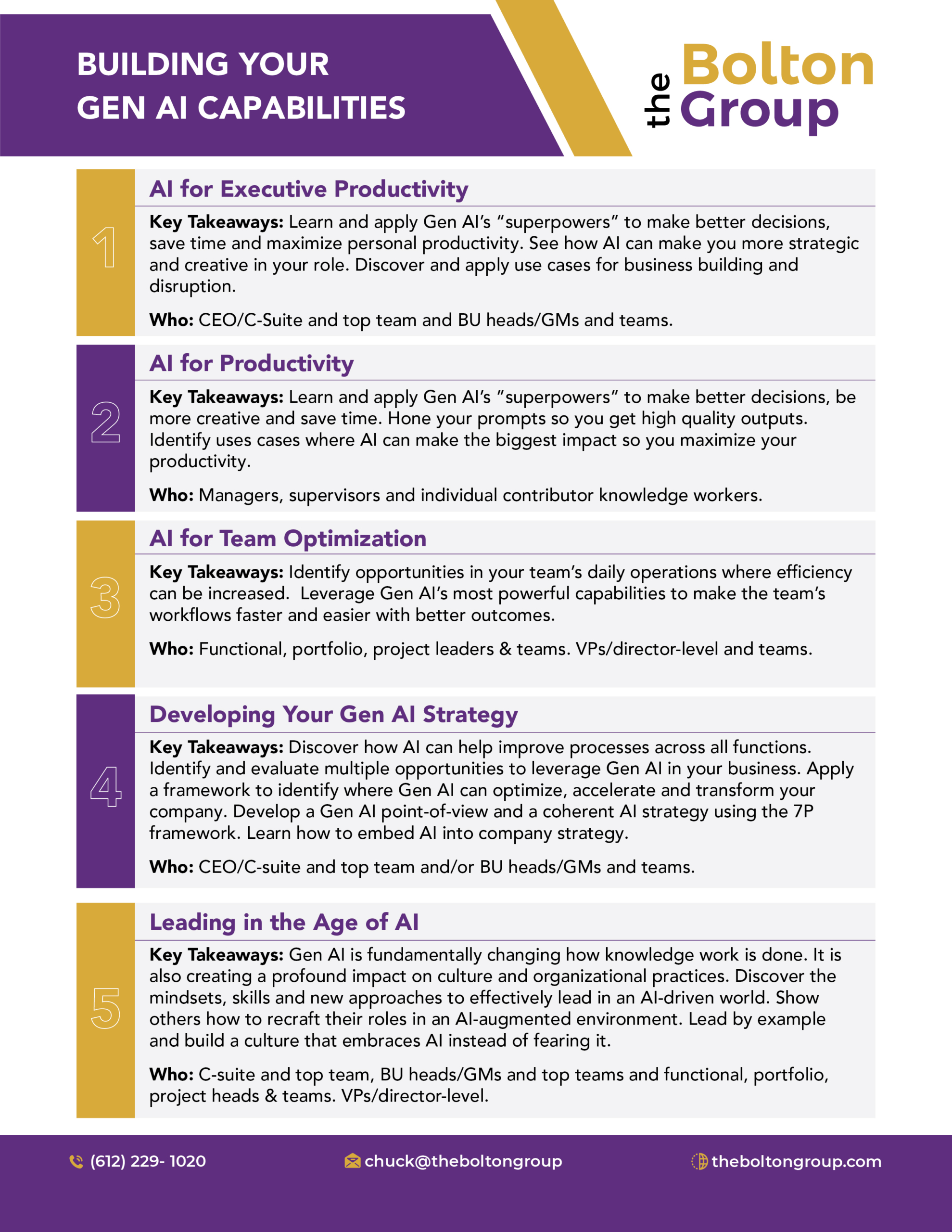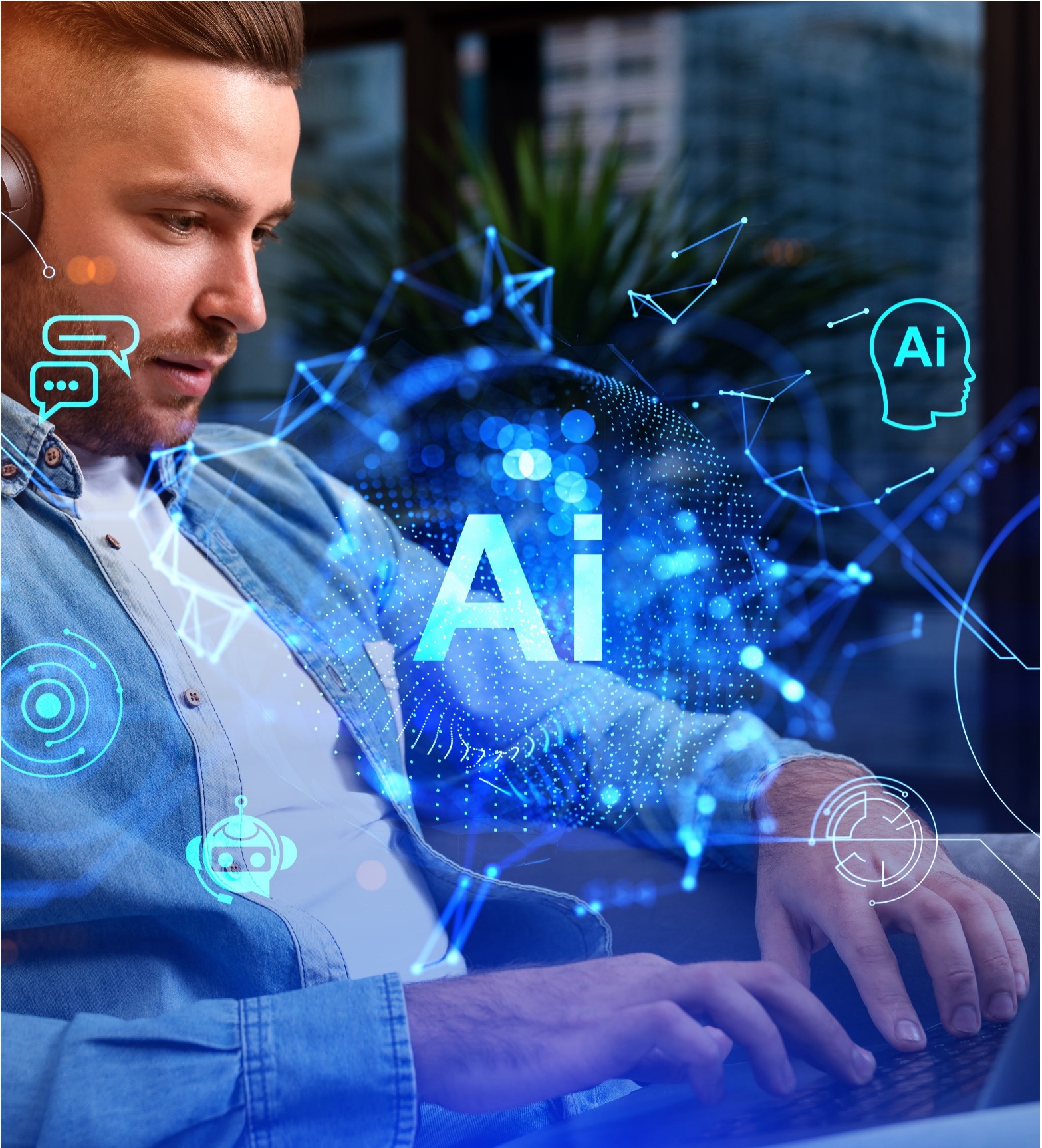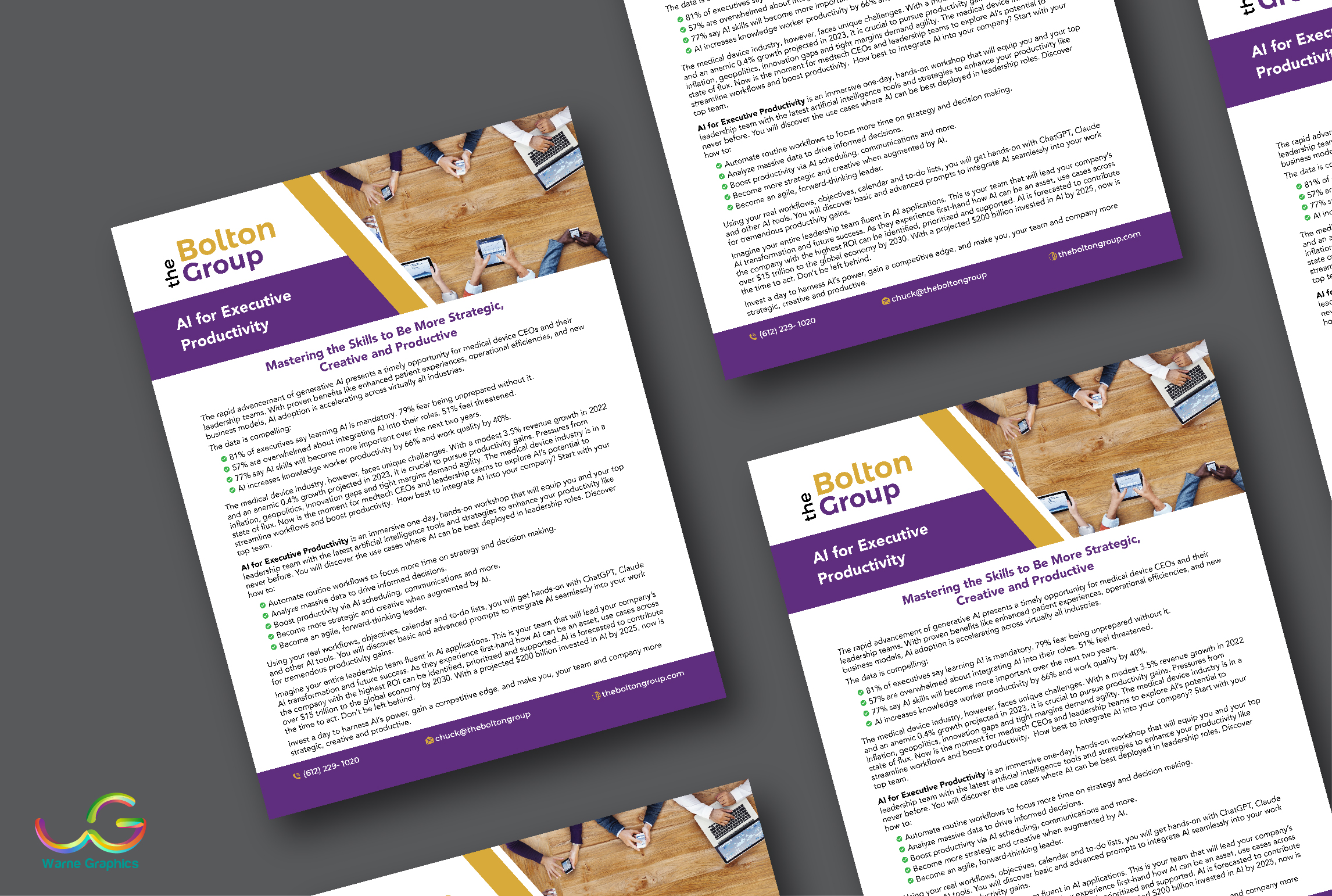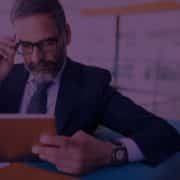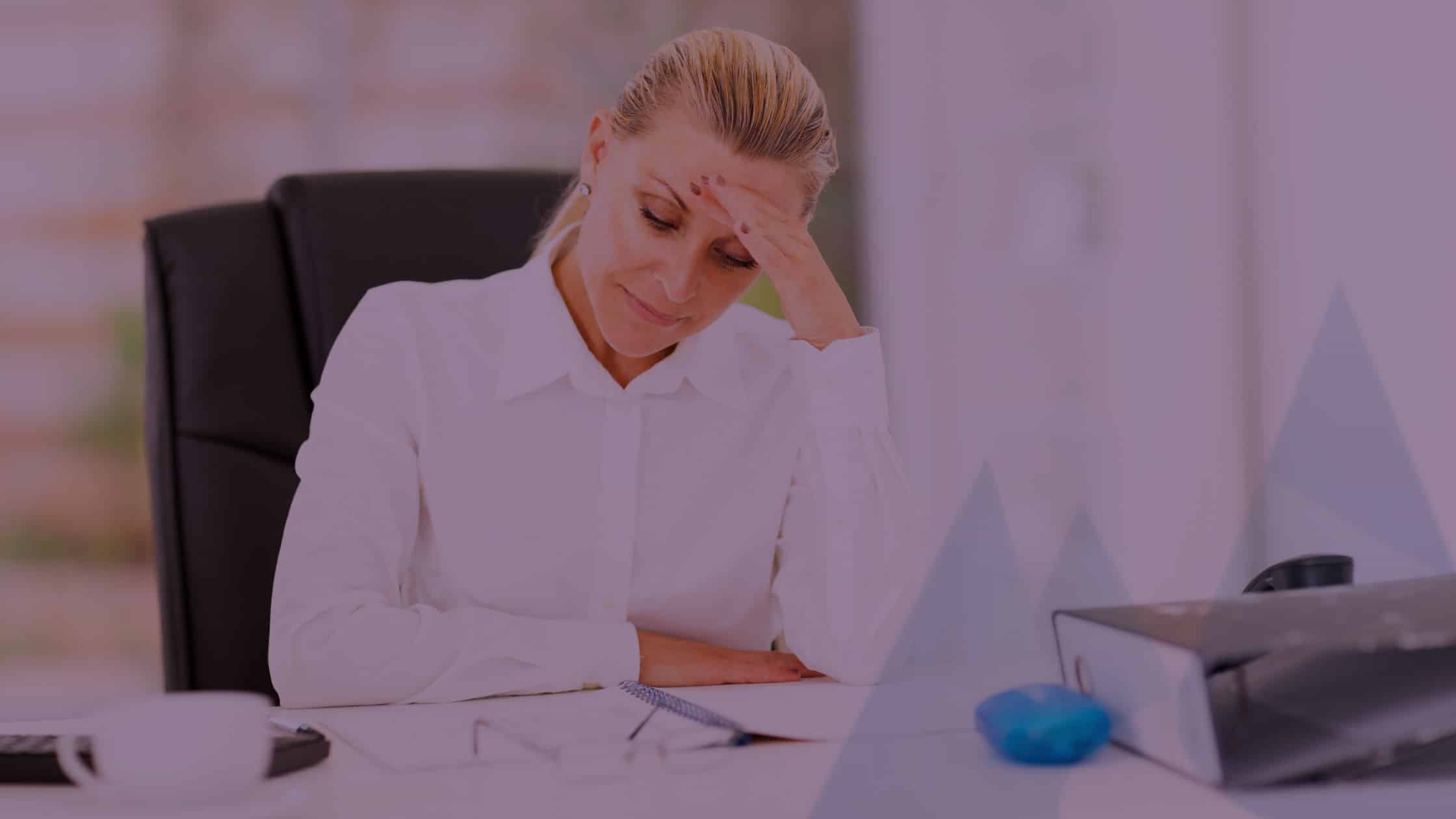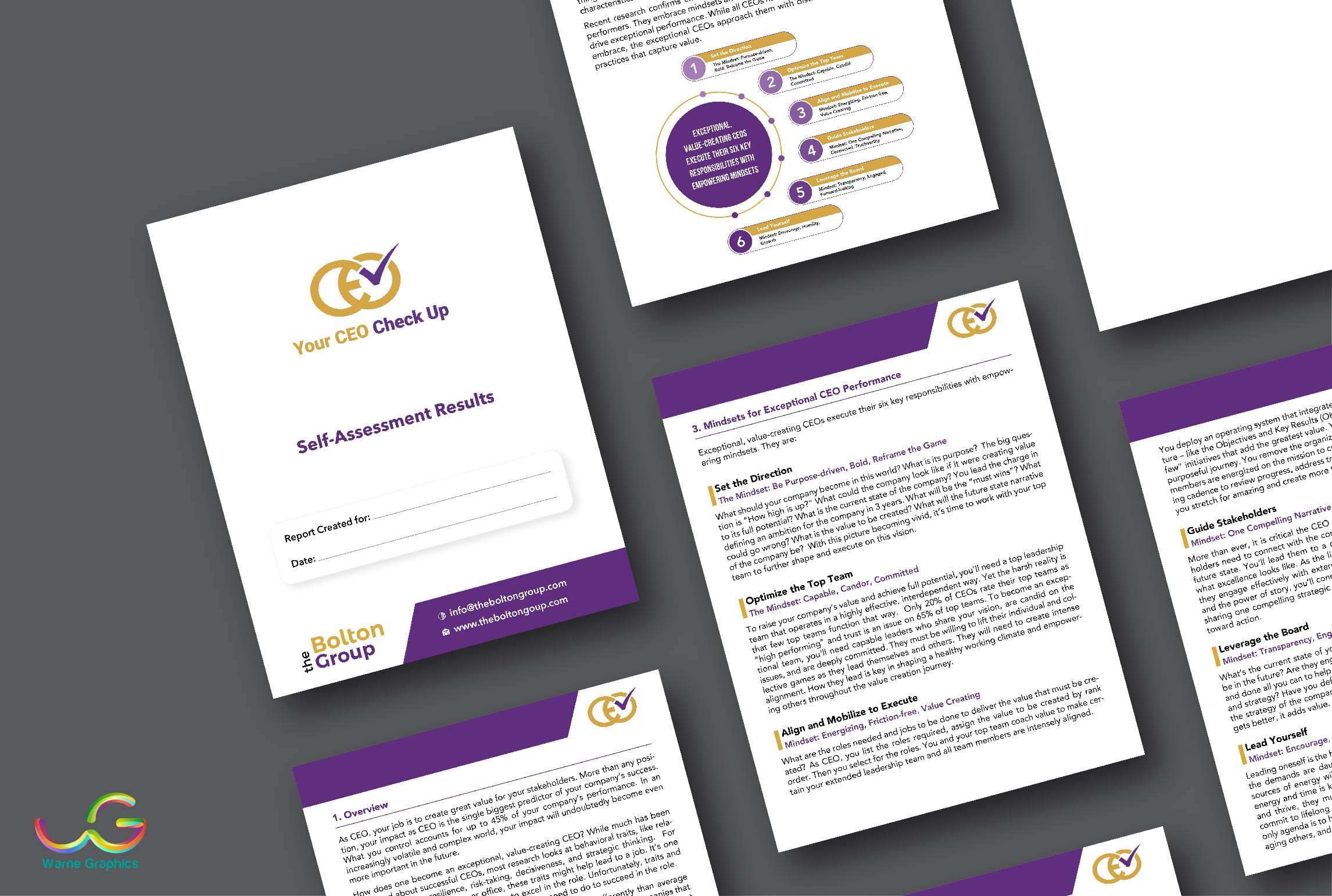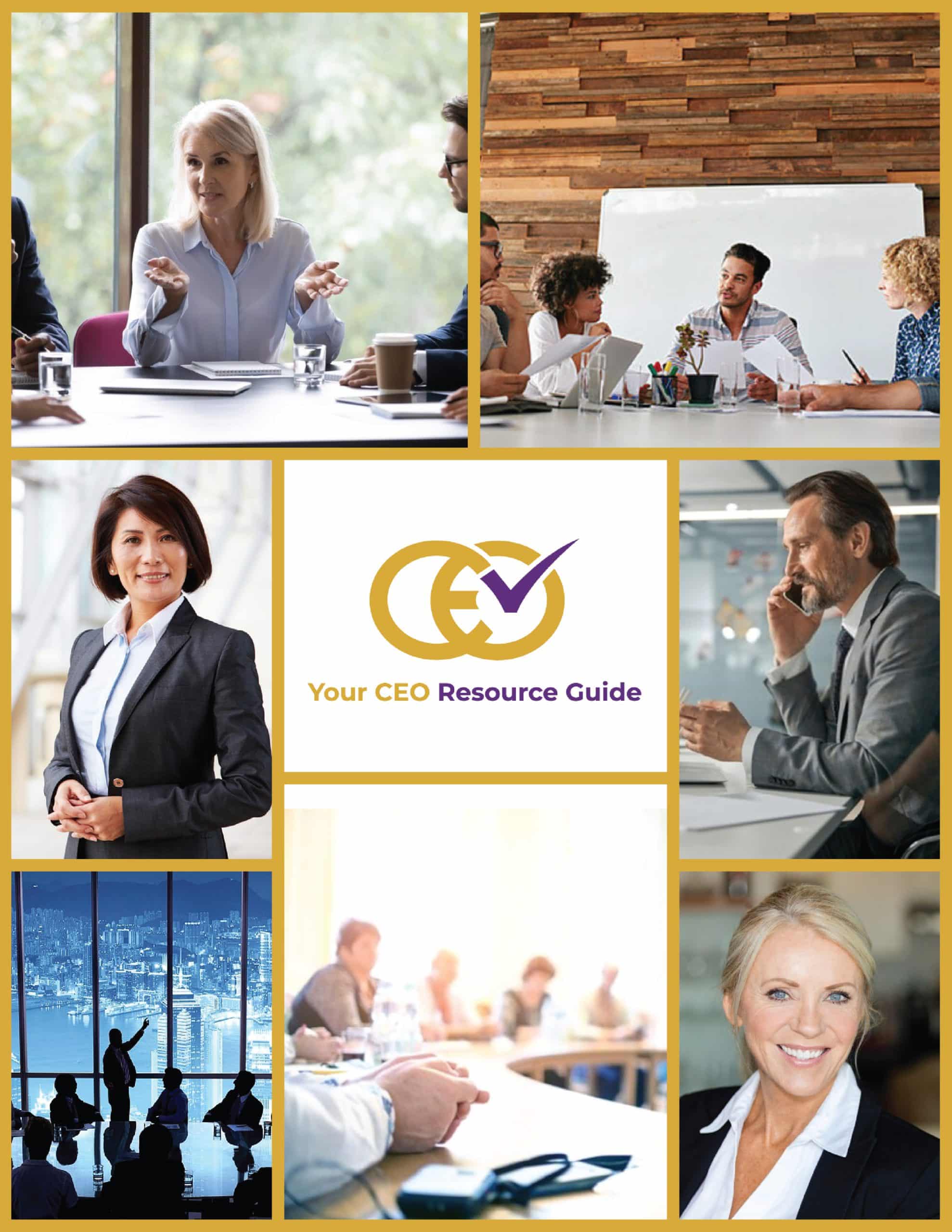In our recent post, you discovered that purpose is the secret ingredient of extraordinary companies. If you’ve done the work, you reflected on the questions to unlock that noble purpose statement for your company. You’ve committed to a higher purpose and you and your team members are genuinely passionate about making a difference in the marketplace. You believe in the good work your firm does. Your company’s products and services make people’s lives and the planet better.
With this noble and honorable purpose statement now in place, here’s the big question for you:
How do you bring your purpose to life?
With great care and on-going commitment, you design both a purpose-driven client experience and a purpose-driven team member (employee) experience.
Let’s focus today on the purpose-driven client experience. Why? As iconic leadership expert Peter Drucker stated, “The purpose of business is to create and keep a customer.” When you operate with purpose when serving your clients, something remarkable can happen.
Here are the four keys for creating a purpose-driven client experience.
- Define your brand position
Step one is to create a concise statement that details how your firm differs from and is better in meeting your client’s needs than your competitors. The following are reflection questions to create your brand position statement:
- What do we do better than anyone else in the world?
- What difference has our product or service made in the lives of our clients?
- When would and wouldn’t they use our brand vs the competition?
- What is the emotional benefit we provide our clients?
- How do we make them feel?
- What would they lose if we ceased to exist?
- As we serve our clients, what makes our hearts sing?
Example: The Bolton Group LLC is the #1 resource to guide medical technology, life sciences and healthcare CEOs in creating massive value so their stakeholders thrive.
Make sure all team members know, understand and can articulate your brand position statement with clients, so clients know your firm is unique.
- Create a one-liner making your client the hero
Step two is to make your client the hero of the story. Your role, and that of your brand is not to be the hero, but the guide. Your client doesn’t want another hero. They want to be the hero of their story.
What is success to your client? How do your clients wish to feel and what do they want? Your job is to help your client solve their biggest problem and/or capitalize on their biggest opportunity. What role will you play in your client’s journey? Create a one-liner of how you and your brand will make the client a hero.
Example: I’m Chuck Bolton, the guide who helps medtech, life sciences and healthcare CEOs thrive. Making you the hero of your magnificent story.
- Use the clock model to strengthen client touch points
Now is the time to do a brand audit – an assessment of the positive and negatives – of every point where your firm connects with the client. Each component influences your client’s perception of your firm and each component must be supportive of your company purpose. This is where you adjust and clean up any problems.
A useful model to conduct this exercise is to think of a clock. To what extent is each component reflective of your company’s purpose? Which needs to be adjusted in order to be consistent with purpose? Which component is doing well and is consistent with purpose?
Pre-purchase. A client enters your brand world at the pre-purchase stage, think 12 to 4. Pre-purchase components include advertising, tradeshows, social media, public relations, events and sponsorships.
Purchase is 4 to 8 on the clock. The components include distribution, packaging, store design, user reviews, financing, user generated reviews.
Post-purchase is 8 to 12. The components include customer service, loyalty programs and warranty programs.
How to strengthen your client touch points?
First, put your client in the center. What is most important to them?
Secondly, look at the client experience holistically around the brand. Does your purpose get reflected like you intend?
Thirdly, look at your competitors. What can you learn from them?
Fourth, Where is your firm’s opportunity to stand out? Where is the world headed? Where’s the greatest variance? With your limited capital, where can you be world-class in your sector? Where can you gain the greatest return on investment with shifts you make to your client touch points?
When Apple launched Apple Stores in 2001, many were skeptical of these expensive and airy retail stores that just displayed a few products. Experienced consumer electronic chains like Gateway, CompUSA and others were in decline. But the customer experience Steve Jobs and team wanted was not to have metal boxes thrust at their customers. They believed there was power in focusing on the pre-purchase touch points, allowing customers to try out and learn about the products. When customers experimented and learned, they could see the potential the products had in empowering their lives in the future. They would develop an emotional connection, and sales would follow. Apple took a decidedly different approach than their competitors. As they prepared for the launch of Apple Stores, they asked a more empowering question: How do we enrich lives?
As they visualized the experience of their clients, they developed the following statements to guide their efforts in the creation of the stores:
- A store that enriches lives has a non-commission sales floor. Instead of clerks or sales people, it would hire geniuses and concierges.
- A store that enriches lives hires for empathy and passion.
- A store that enriches lives greets you as you step foot inside.
- A store that enriches lives let you play with the products.
- A store that enriches lives is located where people live their lives.
Better questions led to better innovations. The vision to enrich lives served as the Apple Stores’ True North. Enriching lives still remains at the heart of the company’s mission. The more technologically advanced our society becomes, the more we need to go back to the basic fundamentals of human connection. Empathy is one of the greatest creators of positive energy.
Once you’ve completed your clock model to identify and strengthen client touch points, defining your brand identity, you can create an explicit purpose-driven client story to serve as a narrative for how you’ll treat your clients moving forward. Just like Apple did with their stores. Now it’s your turn to create that purpose-driven client story.
- Construct your purpose-driven client story
Create a story of how you and your brand make your client a hero.
“We see our customers as invited guests to a party, and we are the hosts. It’s our job every day to make every important aspect of the customer experience a little bit better.” Jeff Bezos, Amazon
There are eight steps to the purpose-driven client story:
- Who is your client and what do they want? What is their definition of success? How can you enrich their lives?
- What’s your client’s biggest problem? What price do they pay when they suffer from the problem? What is the benefit when that problem gets fixed? What are the stakes? How are their lives enriched?
- Your client meets a guide – you armed with your brand, products and/or service – who brings both empathy and the authority to fix the client’s problem.
- You give them a plan. As your client’s guide, you have a proven process (a product or service) that when your client implements, will fix their problem and make their life better.
- You call them to action. Clients are people and people are often reluctant to try new approaches. You remind them of the price they pay when the problem is prolonged. You describe the future benefit from accepting the call to action. You invite them to take action, on what will become a transformational journey for them.
- That ends in a success. With your client, you create a vivid picture of what success will look like when the work is completed. The desired future state.
- That helps them avoid failure. You remind the client they will not face the downside of their problem when they are guided by you and use your proven process.
- That helps them transform. When they follow you and implement their plan, change happens. They become better at their work, their company gets better, their stakeholders benefit and they transform, becoming a better person, too.
As a firm that has a noble purpose and a commitment to improving the lives of people, there is no doubt you have knowledge of compelling client stories, even if you haven’t organized it exactly in this purpose-driven client story format. As a next step, write out your “customer as hero” stories, using this eight-step framework. If you have sub-brands or different product offerings, you will want to create a hero story for each brand, division or product.
These stories should be widely shared within in your firm, so everyone understands how the company’s purpose is brought to life as you serve your clients.
As you engage your clients today and in the future, share your client stories and use the client story framework directly with them, engaging them in the questions and in creating the story of their success and transformation. Your clients will feel your commitment to making them the hero of their stories. The effect will be a magnetic pull toward you and your company and will set you apart from your competition. As the guide, you make the client the hero of the story – every time.
Four powerful keys for bringing your purpose to life as you serve your clients
- Define your brand position
- Create a one-liner making your client the hero
- Use the clock model to strengthen client touch points
- Construct your purpose-driven client story
Implementing these four ideas is an impactful approach in making certain your clients experience your firm’s unique, noble purpose. These ideas bring your purpose to life for your clients – the most critical external stakeholder to sustaining your company’s long-term success.
